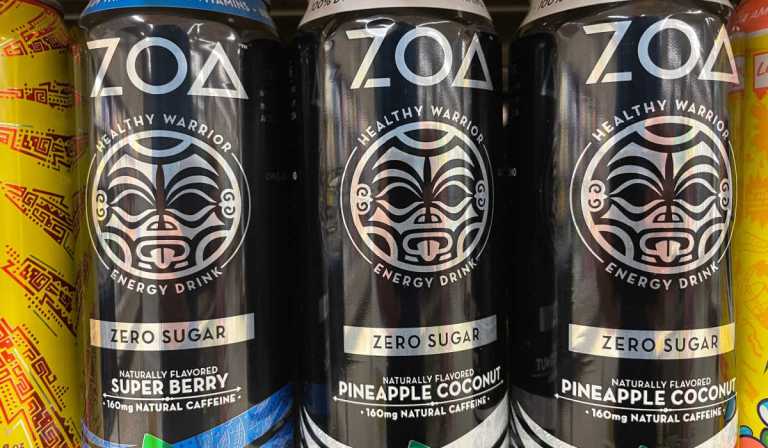As new food and beverage brands hit the market, those that gather the most information about consumer reactions and desires early on have the best shot at success. Consequently, many emerging brands are leveraging direct-to-consumer (D2C) online shops to refine their products in a nimbler way than was possible before the rise of eCommerce.
Mike Pengue, CEO of energy drink brand ZOA Energy, which sells both D2C and via third-party retailers, and veteran of traditional beverage companies such as Keurig, Dr Pepper and Nestlé Waters, spoke with PYMNS about how selling direct helped the brand figure out which products actually resonated with consumers.
“Especially for a small company, you want to be quick, you want to be agile,” Pengue told PYMNTS in an interview. “You’re going to stub your toe early on, but you want to stub it early and move on, and [D2C] gives us the opportunity to be able to be very, very fast.”
Pengue noted that, early on, the company’s efforts with flavors that did not prove popular led to the development of the products that are now most popular. Plus, he noted that the model also enables the company to roll out limited time offers more easily and then “either launch it to the general market or go on to the next project.”
Additionally, Pengue explained that company’s media following has been key to its success in the D2C market, with celebrity Dwayne Johnson as co-founder. Certainly, selling online cases created new opportunities for many to profit off of well-known figures’ fanbases. Not only D2C product brands but also virtual-only restaurant chains have emerged as ways to test influencer partnerships without the high cost of traditional retail or restaurants.
In addition to selling products for one-time purchases, the beverage brand is also making moves into subscription commerce.
Advertisement: Scroll to Continue
“We want to create a relationship with our consumers, our core heavy loyals,” Pengue said.
In fact, purchasing food and beverages via subscription is on the rise. Research from PYMNTS’ recent study “How The World Does Digital: The Impact Of Payments On Digital Transformation,” which draws from surveys of census-balanced panels of more than 15,000 consumers across 11 key economies, finds that usage of grocery subscription services jumped 8% between Q1 2022 and Q2 2022.
Related: Study Finds Digital Engagement of Consumers Worldwide Jumped 1.2% in Q2
Additionally, research from the Subscription Commerce Conversion Index, created in collaboration with subscription eCommerce platform sticky.io, which draws from a census-balanced survey of more than 1,900 U.S. adults earlier this year, finds that 56% of consumers would be interested in a grocery subscription if product prices were lower.
See also: Inflation Prompts 10x Increase in Consumers Reevaluating Subscription Value
Moreover, research from the February/March edition of PYMNTS’ Digital Divide study, “Digital Divide: Restaurant Subscribers And Loyalty Programs,” found that 17% of consumers are “very” or “extremely” interested in being provided a restaurant subscription service, and 25% are neutral to the concept.
Read more: Four in 10 Consumers Open to Restaurant Subscription Services
Additionally, for ZOA, the subscription offering not only drives loyalty but also provides a research opportunity, with the company soliciting feedback from its subscribers, which saves some of the time and cost of other kinds of research.
As Pengue explained, “That direct communication, that direct relationship with them is very, very powerful.”
For all PYMNTS retail coverage, subscribe to the daily Retail Newsletter.




